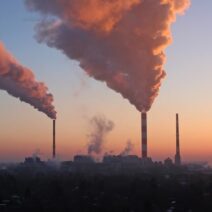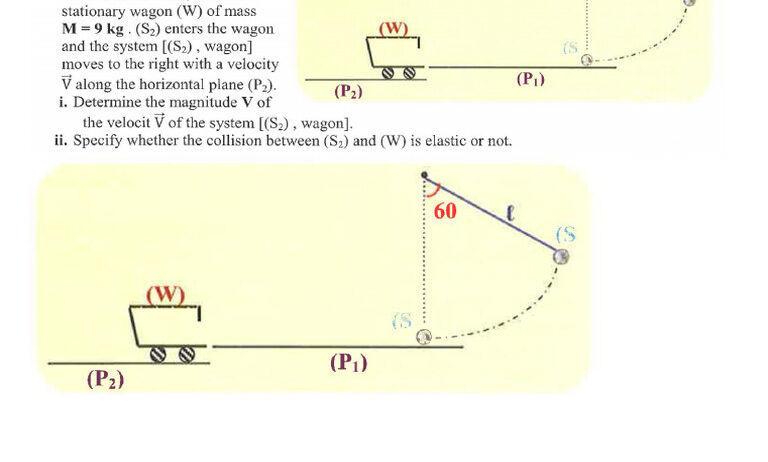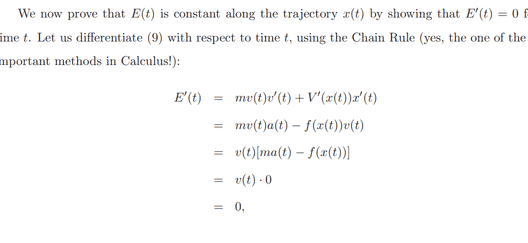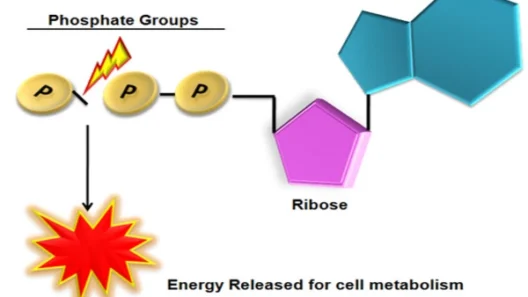In the realm of physics and engineering, one cornerstone principle prevails: the conservation of energy. This concept is not merely a theoretical idea; it is a fundamental tenet applicable in myriad real-world situations. But, what exactly encapsulates the essence of energy conservation? How can it be articulated through a harmonious equation? Let’s delve into the conservation of energy formula, unpack its significance, and venture into an understanding that wields practical implications.
The conservation of energy states that within an isolated system, the total energy remains constant over time. This assertion might prompt a natural inquiry: How does one mathematically represent this steadfast principle? The formula itself is often expressed as:
E_initial = E_final
Here, E_initial signifies the total energy present at the commencement of an observation, while E_final represents the energy at the termination of that observation. This equation embodies an essential balance—no energy is lost; it merely transforms from one form to another.
Consider a playful question: When you drop a ball, do you perceive where its energy goes once it ricochets off the ground? The answer lies within the realm of kinetic and potential energy. As the ball ascends, it boasts potential energy which transitions into kinetic energy as it descends, affirming the law of conservation. This leads us to understand that energy morphs, yet the aggregate does not dissipate.
To dissect the components of energy further, let’s explore the types of energy involved in the conservation equation. Broadly, energy can be classified into two categories: kinetic energy (energy of motion) and potential energy (stored energy). The kinetic energy (KE) of an object can be expressed mathematically as:
KE = 1/2 mv²
In this equation, m represents mass, and v denotes velocity. Conversely, gravitational potential energy (PE), which is intrinsic to objects positioned within a gravitational field, can be expressed as:
PE = mgh
Here, g signifies the acceleration due to gravity, and h is the height relative to a reference point. The synthesis of kinetic and potential energy culminates in the overarching conservation of energy framework:
PE_initial + KE_initial = PE_final + KE_final
This equation articulates how energy transitions between kinetic and potential forms but remains conserved in totality throughout the process. To harness a practical illustration: envision a roller coaster. At the pinnacle, potential energy is at its zenith, and as the coaster plunges downwards, this potential energy converts into kinetic energy, propelling the ride forward and upward once more.
However, this elegant equilibrium often encounters disruption due to real-world inefficiencies. Friction, air resistance, and thermal losses can dissipate energy, transferring it into environments and rendering it unutilizable for work. This invariably introduces an inherent challenge within energy systems aiming for total conservation. How does one mitigate these losses?
To further grasp the essence of conserved energy, practical applications come into play. From power generation to mechanical engineering, understanding and applying the conservation of energy formula is imperative. Take, for instance, renewable energy systems such as wind turbines and solar panels. Through harnessing energy naturally, these systems must adhere to conservation principles to maximize output effectively. Understanding the interplay between energy conversion, storage, and utilization allows for optimized performance and a significant reduction in waste.
This leads us to ponder how individuals can contribute to energy conservation in their daily lives. Behaviors such as turning off lights when not in use, opting for energy-efficient appliances, and utilizing public transport are practical examples. Each action reflects adherence to the conservation principles, indirectly impacting broader environmental sustainability efforts.
In addition, technology is progressively evolving to enhance energy conservation capabilities. Smart grids, energy storage systems, and advanced energy management software are instrumental in optimizing efficiency. Utilizing real-time data, these innovations can respond dynamically to energy demands, effectively reducing wastage.
Implementing alternative energies also aligns with energy conservation ideals. Transitioning away from fossil fuels not only conserves energy in a holistic sense but also addresses pressing climate concerns. The integration of wind, solar, and hydroelectric power solutions highlights a concerted effort to commit to sustainable energy practices. It raises another query: How can these renewable sources be optimized to ensure maximum efficiency?
Moving forward, education plays a crucial role in disseminating knowledge regarding energy conservation principles. Schools and institutions should prioritize integrating these concepts within their curricula. Understanding basic energy principles empowers individuals to make informed choices, potentially culminating in widespread adoption of conservation practices.
In summation, the conservation of energy formula embodies an essential principle that reverberates through scientific fields and everyday practices. Understanding its components—kinetic and potential energy—alongside practical applications enriches our comprehension of energy dynamics. Moreover, challenges arise from real-world inefficiencies and the necessity for continuous technology advancements. As individuals and communities strive for sustainable practices, the permanence of energy conservation remains a pivotal factor in forging pathways toward a more energy-efficient future. The very essence of conservation enlightens our approach to harnessing energy responsibly, ensuring both environmental stewardship and societal advancement are upheld in equal measure.






